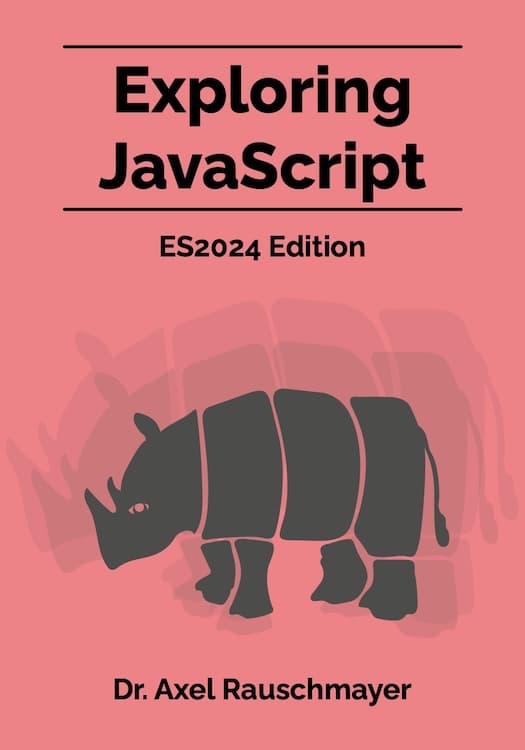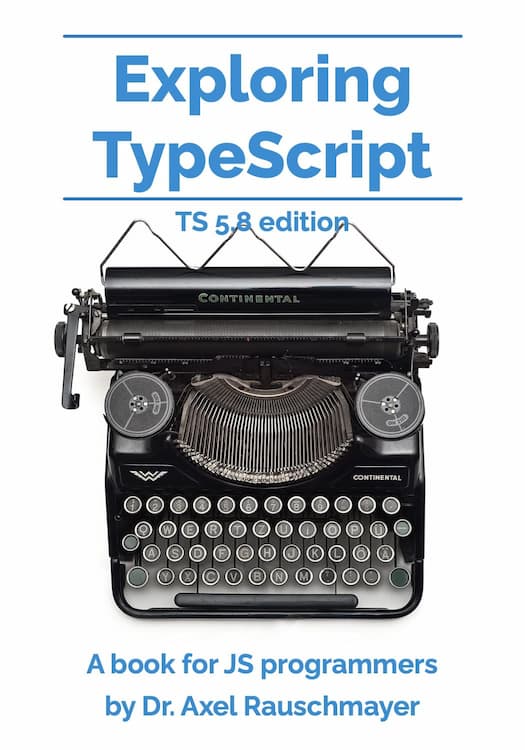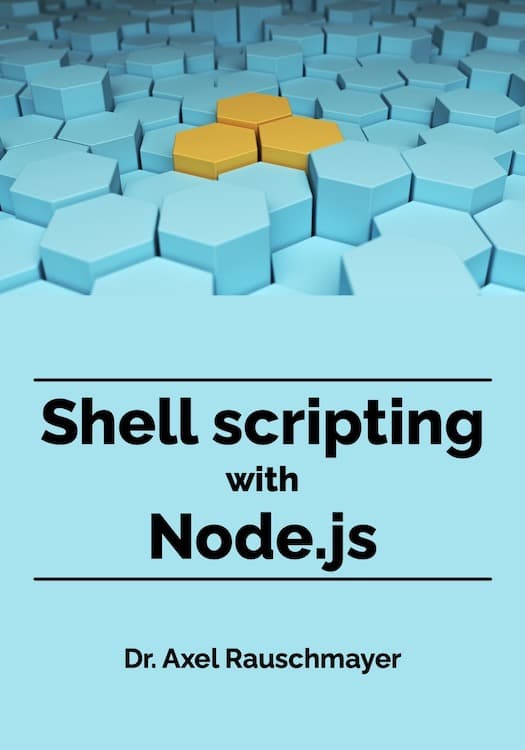[Web dev for beginners] Getting started
This blog post is part of the series “Web development for beginners” – which teaches people who have never programmed how to create web apps with JavaScript.
To download the projects, go to the GitHub repository learning-web-dev-code and follow the instructions there.
I’m interested in feedback! If there is something you don’t understand, please write a comment at the end of this page.
In this chapter, we perform a few steps to prepare us for web development.
Downloading the repository with the projects
Go to the GitHub repository learning-web-dev-code and follow the instructions there.
Important tool for web development: a text editor
All the code we write in web development is stored in text files: HTML, CSS, JavaScript, etc. Therefore, we need a text editor. Some text editors are even specialized tools for developers and called IDEs (Integrated Development Environments). These are two popular IDEs for web development:
- Free: Visual Studio Code
- Free for individual non-commercial use: WebStorm
Please install an IDE now. You’ll need it for the next two exercises and for the rest of the book.
A typical web development project is a folder with files. Therefore, an IDE opens a folder and shows its files in a sidebar. By clicking on the files, we open and edit them. Additionally, we can achieve many tasks via the context menus for the files in the sidebar.
Exercise: Create and open a project
- Create a new folder on your drive. You can name it “my-project”.
- Open it with your IDE.
- Create a new file and edit it – e.g.,
notes.txt - After you are done, delete the project.
If you don’t know how to achieve the previous tasks, please search online for help.
Exercise: Explore the folder learning-web-dev-code/
- Open the folder
learning-web-dev-code/in the IDE and explore it.





